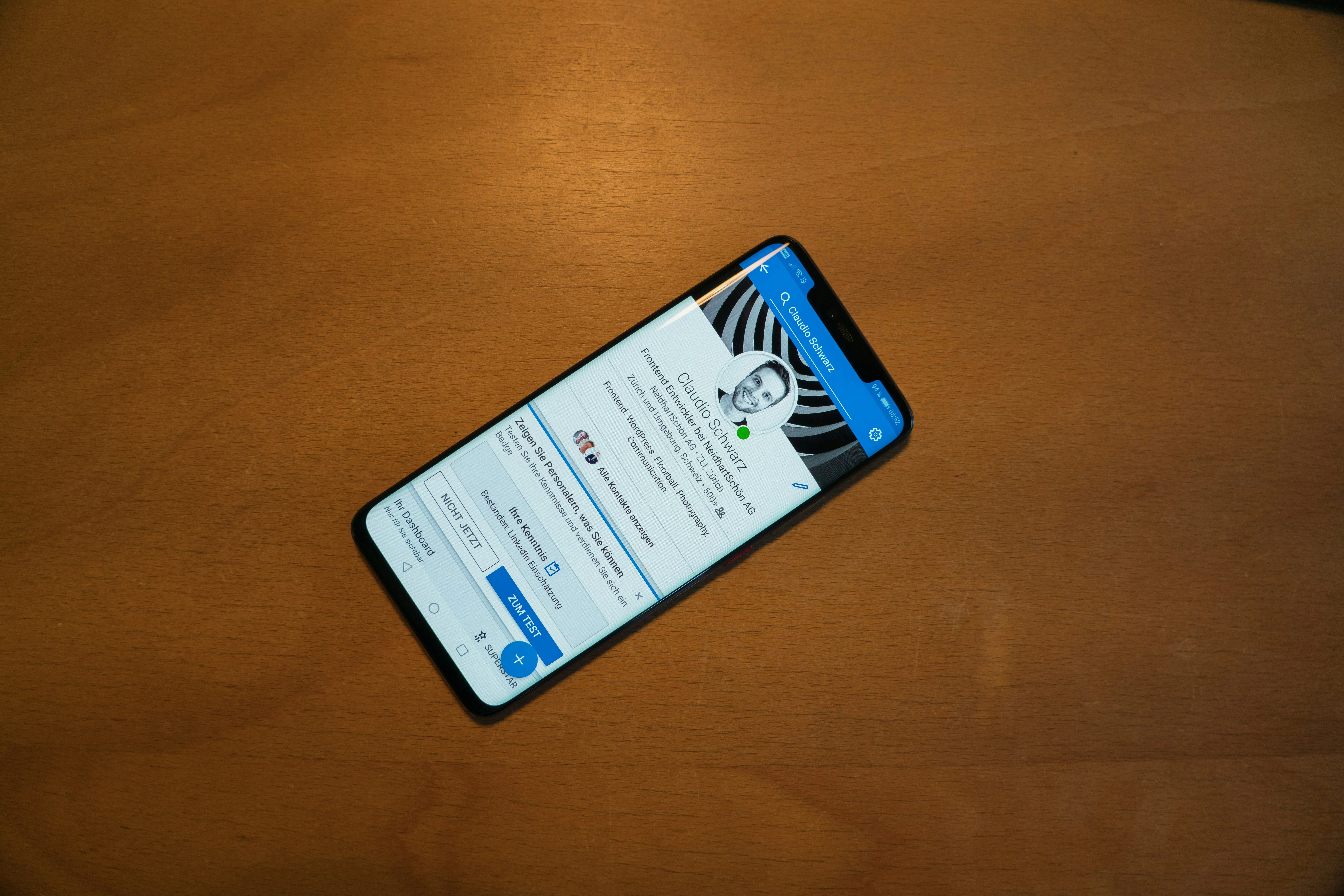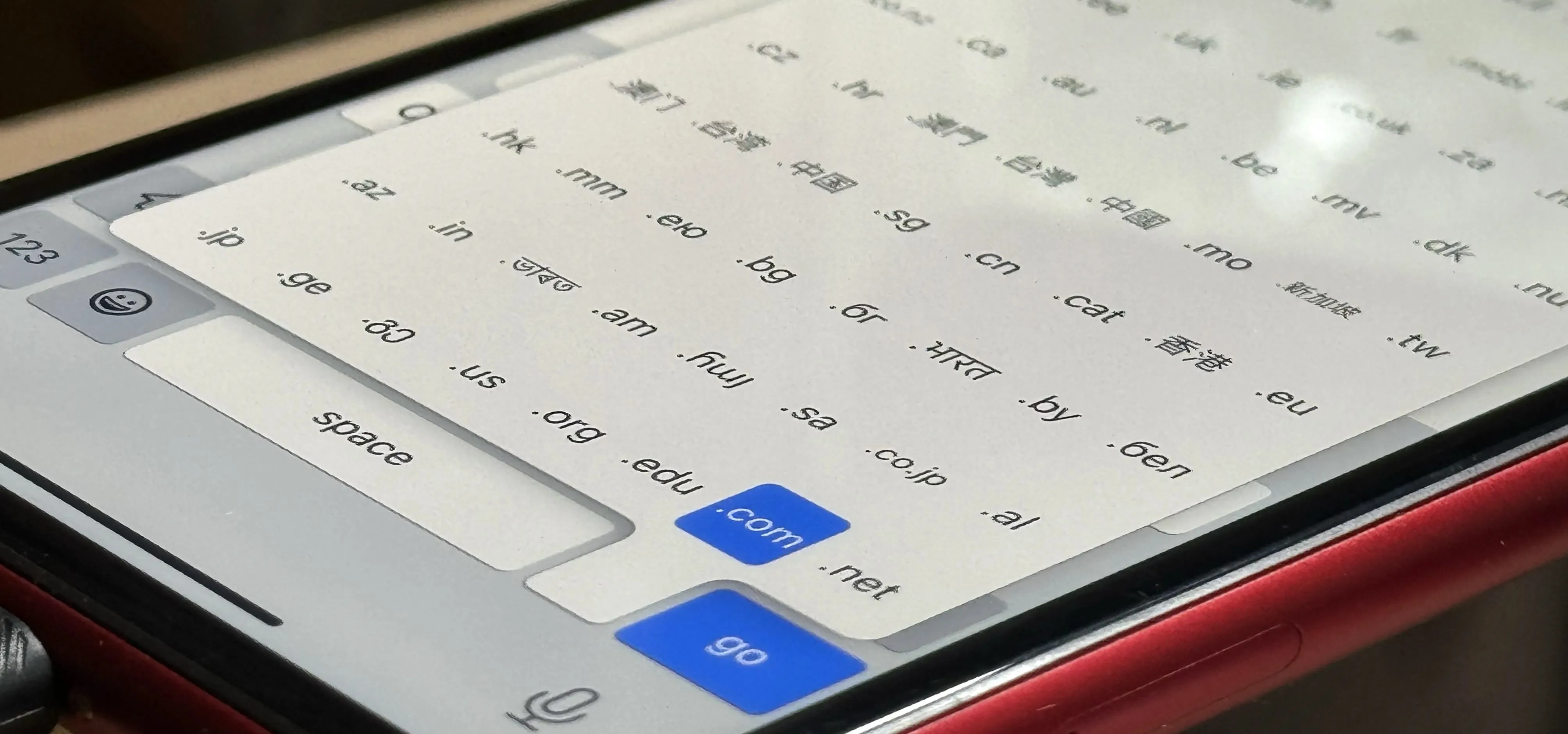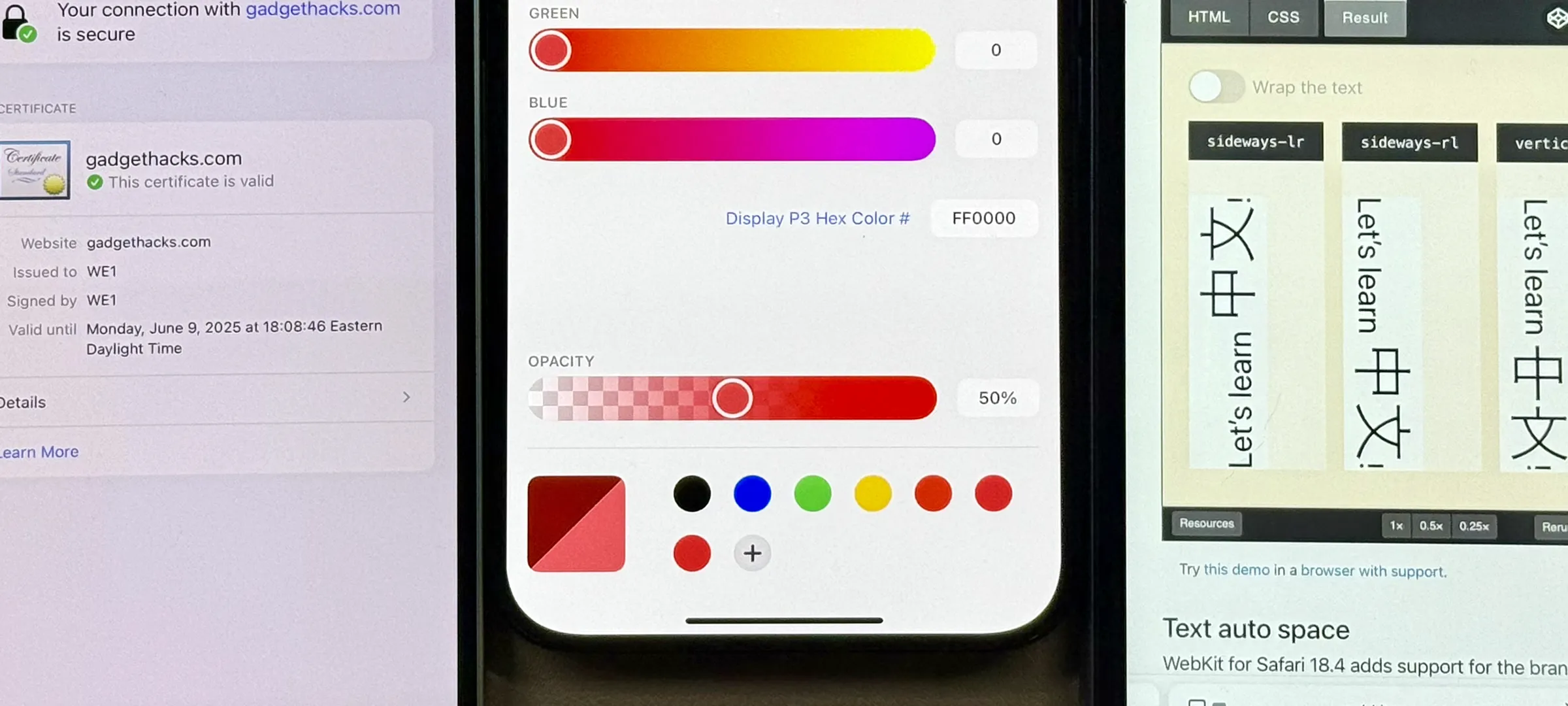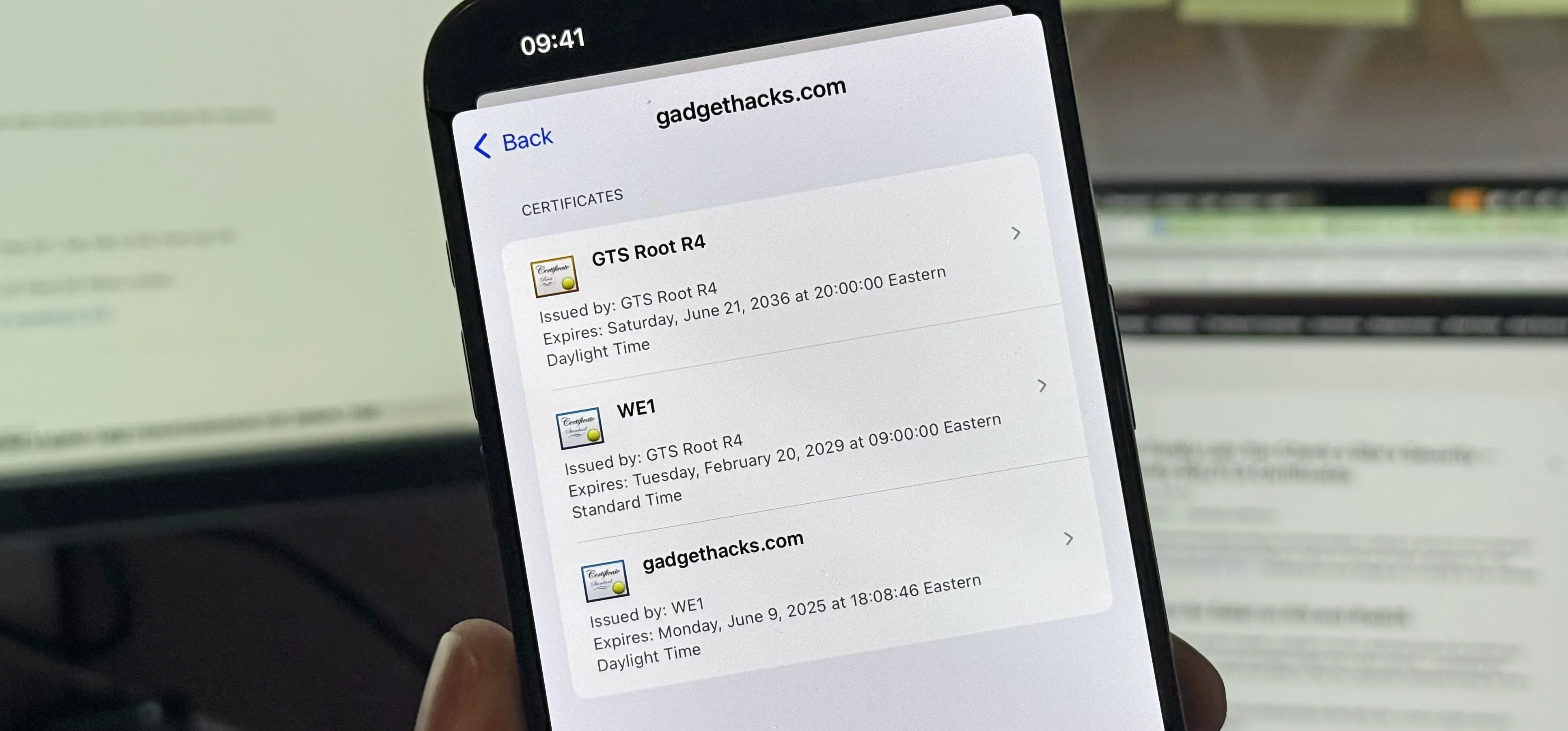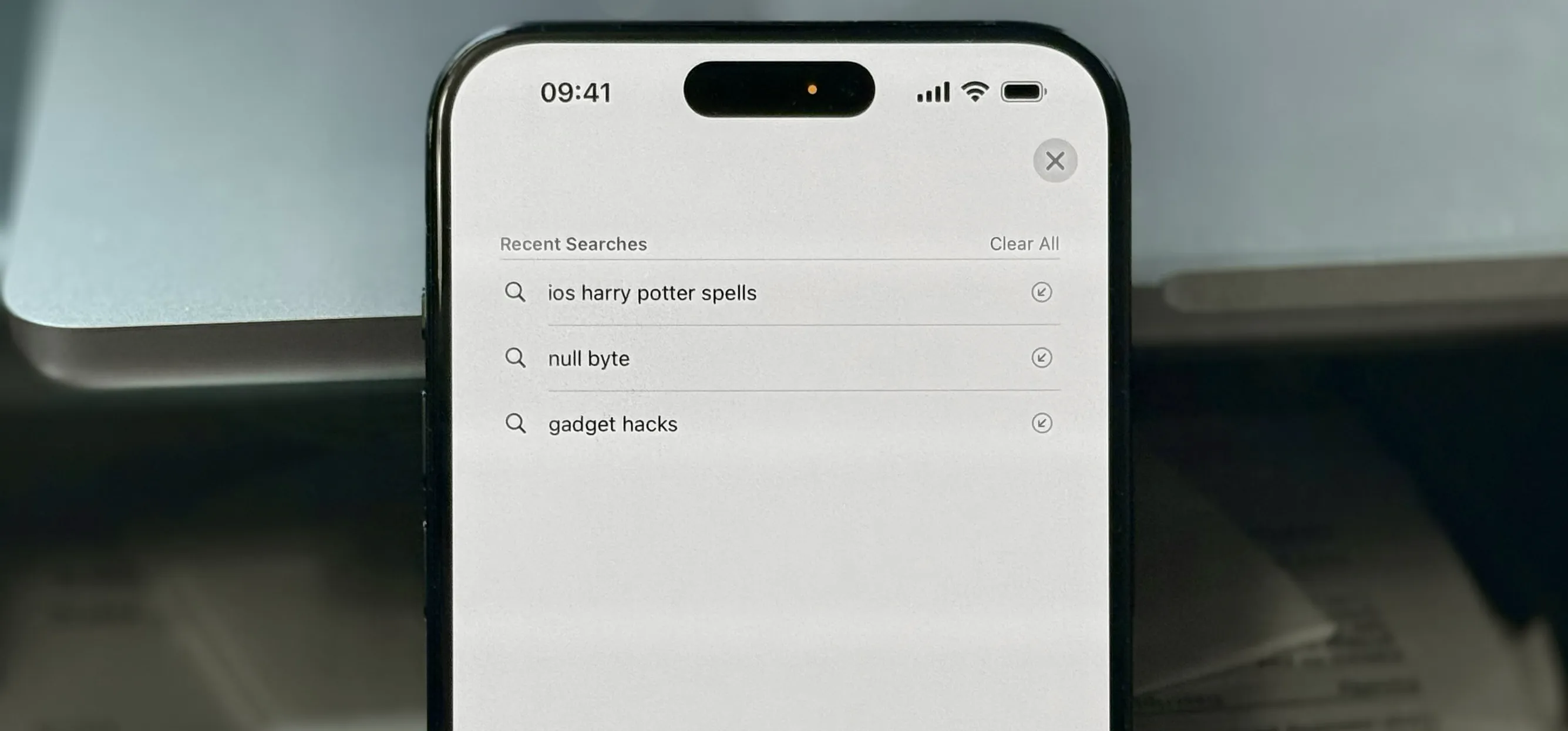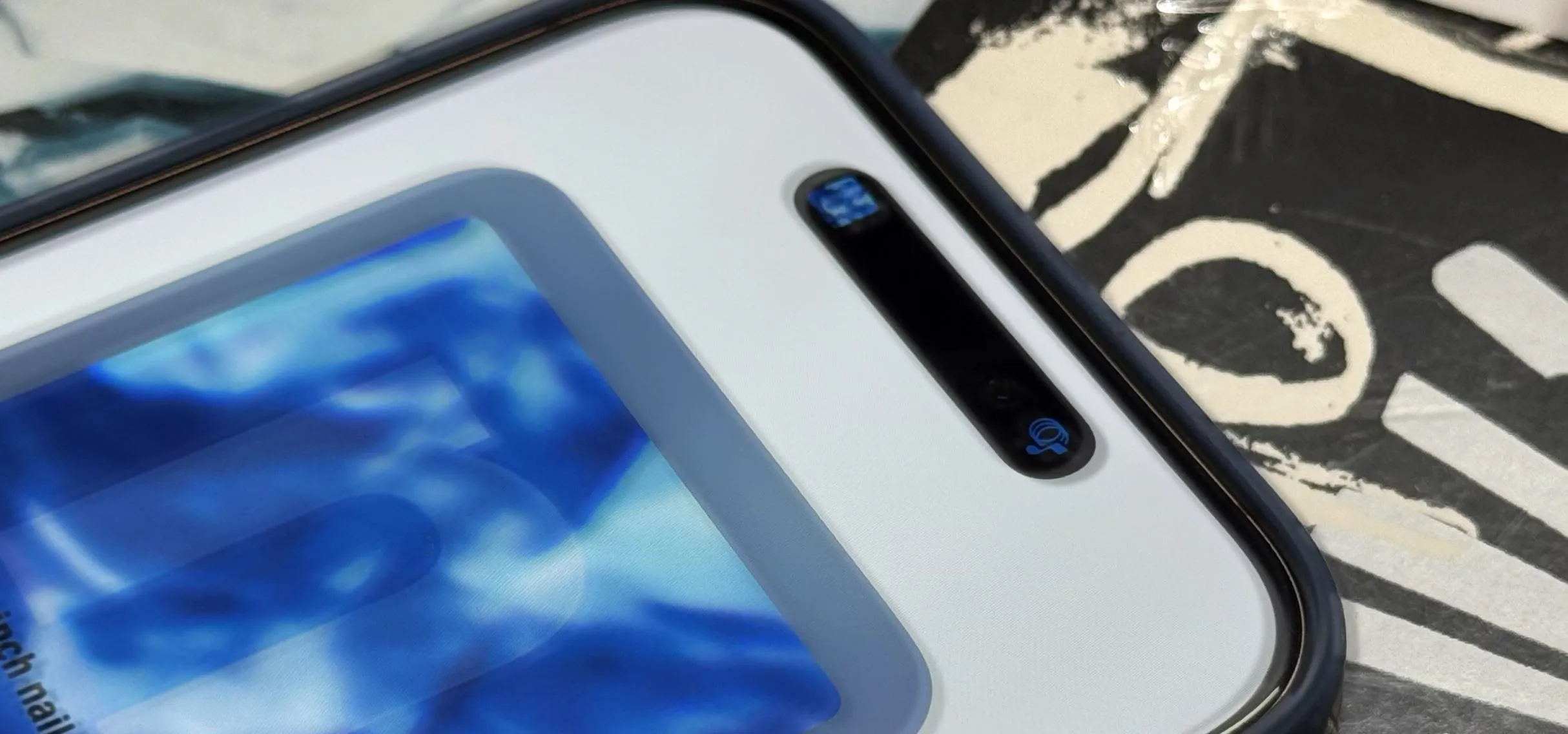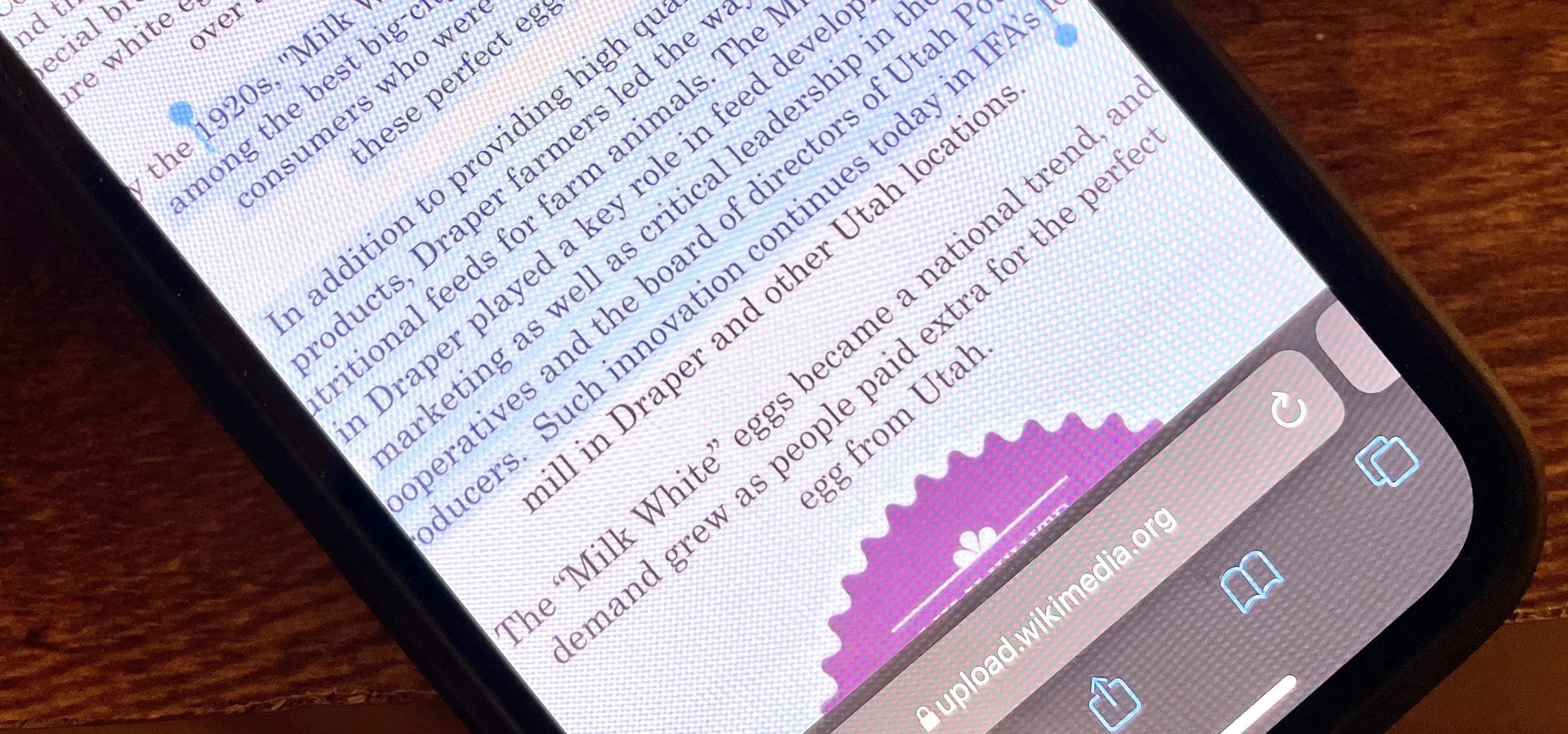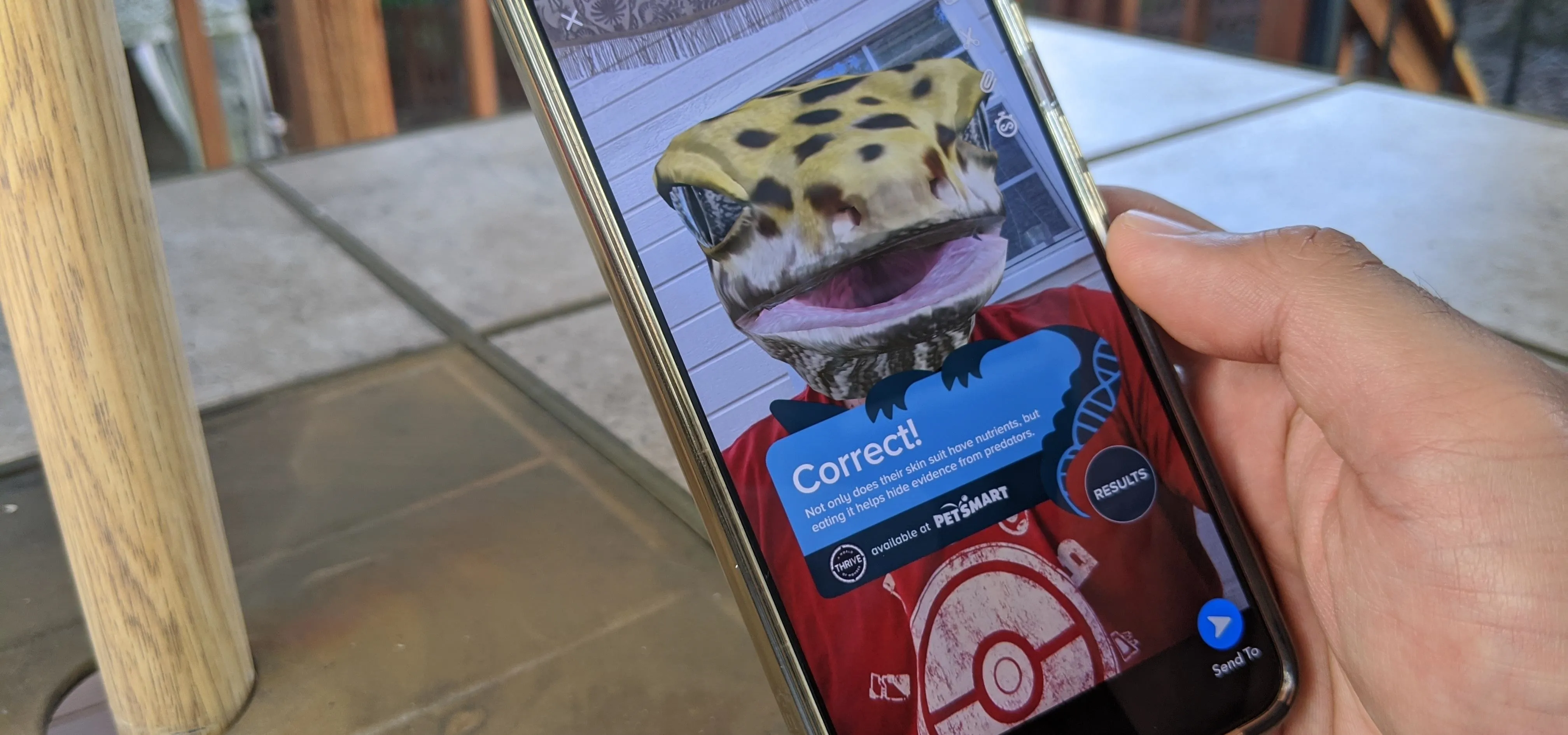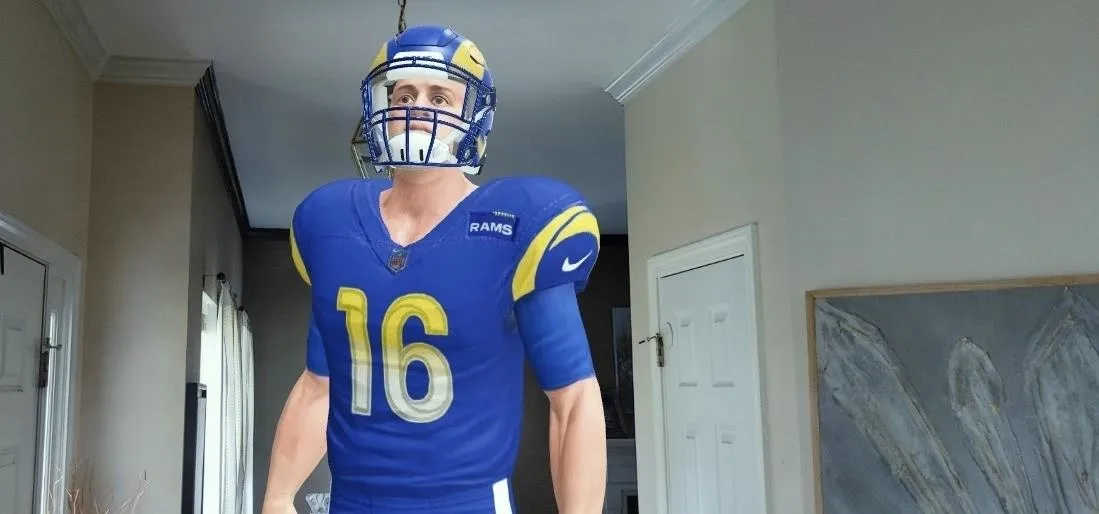How-To Guides about Sailing


how to
How to Sail a boat Sailing is a popular pastime in the coastal areas around the world. It is a skillful hobby where a person controls the motion of a sailboat in a race, on a cruise, or on a day sailing course. Maneuvering the sailboat can be tricky and movement is controlled by arranging sails to catch the force of the wind and using that to guide the boat. Basic sail techniques include steering and turning, running, reaching, sailing upwind, reducing sail, sail trimming, hull trimming, and heeling....


how to
How to Tie a bowline knot This video describes how to tie a bowline knot in a few easy steps. To start, take a loose piece of rope in your right hand and make a loop about a foot away from the end. Then, take the loose end, bring it up through the loop you just made. Immediately after, wrap the loose end around the rest of the rope, and then bring it back through the loop and pull tight. Think of the loose end as a "bunny." Bring the bunny out of the hole, around the tree, and then back through the hole. Once you pull...


Learn how to coil an attached rope. The animated knot tying tutorial is the best you'll find. With this knot tying how to, you can learn how to coil an attached rope fast or slow, or pause it at every step along the way.


Need to know how to tie a Double Sheet Bend? This is a more secure version of the standard sheet bend, and an excellent way of joining two ropes of equal or different diameter. He's using flex rope, but it's a generally good way of securing two lines together.


Need to know how to tie a Bowline with a few ways of securing it? This way shows you how to secure it with a seizing so that it won't accidentally come undone. Included is a little variation of the bowline with a built-in seizing. If you don't have electrical tape to secure the bowline feed the bitter end back through the hole. It also makes it so you don't have a tail line dangling if you're towing something.


This how to video tutorial demonstrates how to tie a Turk's knot for sailing. Follow along with the step by step process and the directions below to learn how to tie the Turk's knot.


This is a home grown variant of the bowline, also useful for sailing. The bowline is tied in the standard manner in the bight of the rope. The running end is passed below the knot and follows the turn back around through the locking bend. The exiting loop can be used for lifting or for tensioning the line to tie down deck cargo. Check out this video sailing tutorial and learn how to tie a variation of the bowline knot.


The method demonstrated in this how-to video makes the Bowline knot quick and easy to tie. It is useful when you expect a blow and need to take a few turns around your winch to use as an additional hardpoint. In this case I am simulating a mast winch but the process can be used on a horizontally mounted winch as well. The secret is to form the bowline eye by capsizing an overhand knot. With the standing part in your left hand form a turn around the winch from top to bottom then cross the...


An aft spring line can be useful for a number of reasons in sailing. It runs from the bow of the boat backwards to a point on the pier. If there's a boat behind you, the aft spring line will be needed. Take a look at this instructional video and learn how to use this line in sailing.


Take a look at this instructional video and learn how to perform the "back and fill" maneuver, also known as the pivot turn in sailing. This maneuver allows a boat to rotate into a tight channel, an extremely useful technique to know how to do.


how to
How to Pivot turn in sailing Take a look at this instructional video and learn how to pivot turn in sailing. Simply put the rudder hard over to the right and leave it there. Then let the momentum of the boat carry you.


how to
How to Heave to in sailing In sailing, the term "heave to" means slowing down the boat's progression in such a way that the boat doesn't need to be steered directly. Take a look at this instructional video and learn how to heave to in sailing. To do this, the rudder will need to be turned so it's forcing the bow into the wind. The rudder and the jib counteract one another in the process, and the boat ends up stalling.


how to
How to Make sails Sailmaking is the skill of designing, cutting, and trimming ship sails. Get expert tips and advice on canvas and sailing terminology in this free video.


how to
How to Tie a hitch knot Knotting tips from an expert! Learn how to tie essential knots for any camping, hiking or sailing trip in this free video clip series on the outdoors.


how to
How to Tie rope bends Knots and rope bends are two different things in that bends are a way to tie two ropes together so you can easily untie them. Learn dozens of easy rope bends in this free rope bend video series.


how to
How to Tie a rope knot Learn how to tie essential knots for any camping, hiking or sailing trip in this free outdoors video clip series.


how to
How to Tie a rope knot Learn how to tie essential knots for any camping, hiking or sailing trip in this free outdoors video clip series.


how to
How to Sail a sailboat Learn how to sail, how to read charts and more with expert boating tips in this free video series on sailing.
Featured On WonderHowTo:
Productivity & Shortcuts


how to
How to Tie a permanent knot This is not magic but a very useful and very easy way to tie two pieces of rope together without them ever slipping apart. This simple how-to shows how to tie two pieces of rope together without them ever coming apart. This could be very helpful for sailing or anything you need to tie a knot.


how to
How to Use sailboat basics Learning how to sail isn't hard if you're near water, since chances are there will be a sailing school near you. Learn different components of a sail boat, how to raise a sail, and even how to sail against the wind with tips from this how-to video.


Learn how to sail with this training video geared to young sailors. In 10 minutes you will have a great idea of how to start. The video uses voice-over and visual overlays to make it easy to learn how to sail.


how to
How to Sail a sunfish Heres a video that gives help and tips on how to sail a sunfish during a real race.


Heres a quick guide on tacking and gybing. This video helps you learn how to perfect your technique.


Here is a step-by-step guide on how to spring of in a sailboat
Featured On WonderHowTo:
Music & Audio


how to
How to Use a Spinnaker Pole Sailor John Kretschmer demonstrates how to fly a conventional symmetrical spinnaker for cruising using a Forespar spinnaker pole.


Heres a video that teaches you tips on how to back out of a slip singlehandedly.


how to
How to Use a Whisker Pole Sailor John Kretschmer demonstrates how to use a whisker pole using a Forespar adjustable pole.


how to
How to Use In-boom Furling Sailor John Kretschmer demonstrates how to use the Forespar Leisurefurl in-boom furling system to simplify mainsail handling.


Forespar demonstrates the "end-for-end" and "dip pole" jibes aboard a racing sailboat.


how to
How to Tie a noose knot How to tie a noose knot is demonstrated in this video.
Featured On WonderHowTo:
Augmented Reality


how to
How to Tie a half hitch knot Think of the Half Hitch as a starter knot—it won't support a lot of strain, but it's easily tightened and loosened and forms the base for many more complicated knots.


So you want to string up a clothesline six feet long, but all you've got is four feet of rope and three feet of shoelace? No problem use this sheet bend knot.


how to
How to Clean a sailboat Certified captain Ches Rainier shows us how to clean a sailboat.


A quick-stop-rescue is harder for a beginner to perform. But allows the sailboat to stay closer to the COB. It is also easier to keep site of the COB during the maneuver. Shown in the picture is the a final approach to the COB on a close reach. (Whether one approaches an COB on a close reach or in-irons will depend on your boat's maneuverability, position after your jibe, wind and sea conditions and helmsman's ability.)


In a jibe, the the stern of the boat is passed through the wind. both the mainsail and the jib have to be adjusted. Ideally, this maneuver is performed by three sailors, a helmsman and one working each sail. The mainsail is first centered at the beginning of the turn. As the stern passes through the wind, the mainsail is let out. The jib is adjusted by taking the sail's working sheet off the leeward winch and placing the new working sheet on the opposite winch, trimming the sail.


#1. Helmsman: "Get ready to gybe" The crew checks the sheets, secures the new working jib sheet and maintains tension on but uncleats the current working sheet. #2: Crew: "Ready".#3: Helmsman: "gybing" or "Jibe-Ho" The crew or helmsman begins to center the mainsail. This is very important to prevent an uncontrolled forceful swing of the boom. The helmsman starts to slowly turn the boat as the mainsail is being centered. The boat is turned further and the stern goes through the wind. ...
Featured On WonderHowTo:
Gaming


This video shows roller furling of a jib in 5 knots of wind. Mild tensing is kept on the jib's sheet to enable the jib to warp tightly around the headstay. In high wind conditions, this is best done in a deep running reach. The mainsail will tend to shield the jib from the wind. This will prevent excess luffing of the sail and make furling easier. In a pinch, you can always let the jib out, by loosening it's sheet and roll in the jib, but in high winds excess luffing may occur and this can...


Taking down the mainsail is also called flaking the mainsail over the boom. The mainsail is lowered and laid side to side over the top of the boom. Sail ties are then placed to secure the sail. The sailboat should be pointed into the wind or the mainsail will be blown off the boom. If there is significant wind, the mainsail's sheet should be loosened and the mainsail doused. It can then be flaked once the sailboat is at anchor or docked at port.


A forward spring line is placed from the stern of the sailboat to the dock. In reverse gear, the sailboat is slowly backed. The spring line prevents the backward motion of the boat and swings the bow away from the dock. One may also use the rudder to vary the direction of boat thrust, to aid in holding the boat to or in swinging the boat away from the pier. Once clear, the line is released and the boat is placed in forward gear and steered away from the dock. This video shows a US SAILING...


As you coil a rope, place a slight twist in the line to flatten the coils. Near the end of the line, wrap the line three times or more around the coils. Form a loop in the end of the line and pass it between the coils. Now you can either pass the end of the line through the loop to allow the coiled line to be hung for storage or pass the loop over the top of the coil to allow the coiled line to be stored in a compartment.


A cleat hitch is used to attach a line to a horn cleat. It is often used to secure a boat to a docking platform.


A square knot is used to tie two lines (ropes) together that are of a similar size. The two ends of the line which carry the load are on the same side. This knot is also called a reef knot.


how to
How to Tie a sheet bend knot A sheet bend is used to tie two lines (ropes) together that are the same or different sizes. If lines of different sizes are used, the thicker or stiffer line forms the open loop, and the thinner or more flexible line (white line) passes through the open loop, around the back and is tucked underneath itself.


A bowline knot can be used to secure a line to a person overboard.


A Fisherman's Bend is used to attach a line to a pole. It is sometimes called an anchor knot because it is also used to secure the rode to an anchor.


A taut line hitch knot is used in sailing to attach a line to a pole.


This knot is used to make a pair of fixed loops in the middle or at the end of a line. This is a strong knot and can be used in overboard rescue, as a towing bridle and in a pinch, even to make a boatswain's chair to be used to ascend the mast.


A carrick bend is also called a "sailor's knot" and can be used for tying two heavy lines ( i.e. towing hawsers and cables ) together.


This may be an alternative to the traditional sheetbend knot, but it works. Try it out-- it's best used to connect two ends of rope together for a strong hold.


Tips for dealing with flaking lines. Good for both single handing and strong winds.


Learn about different types of windless. Help you determine which one is right for your boat and how to use them.









